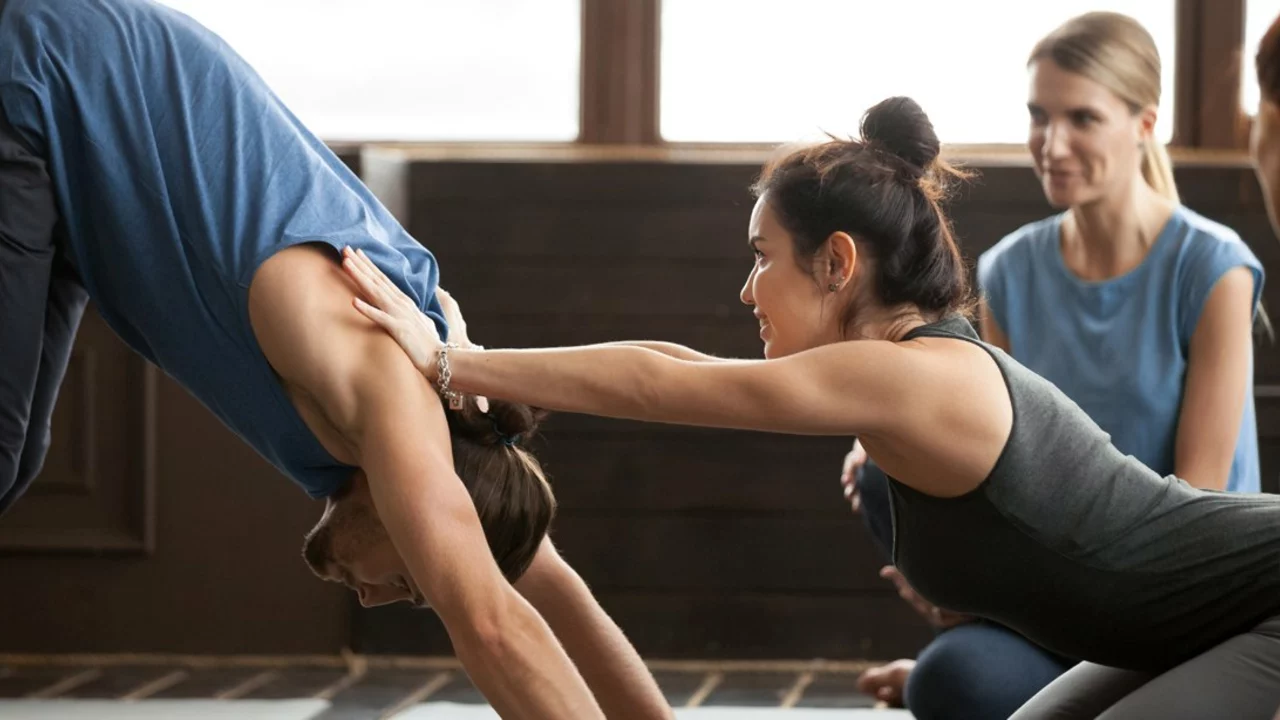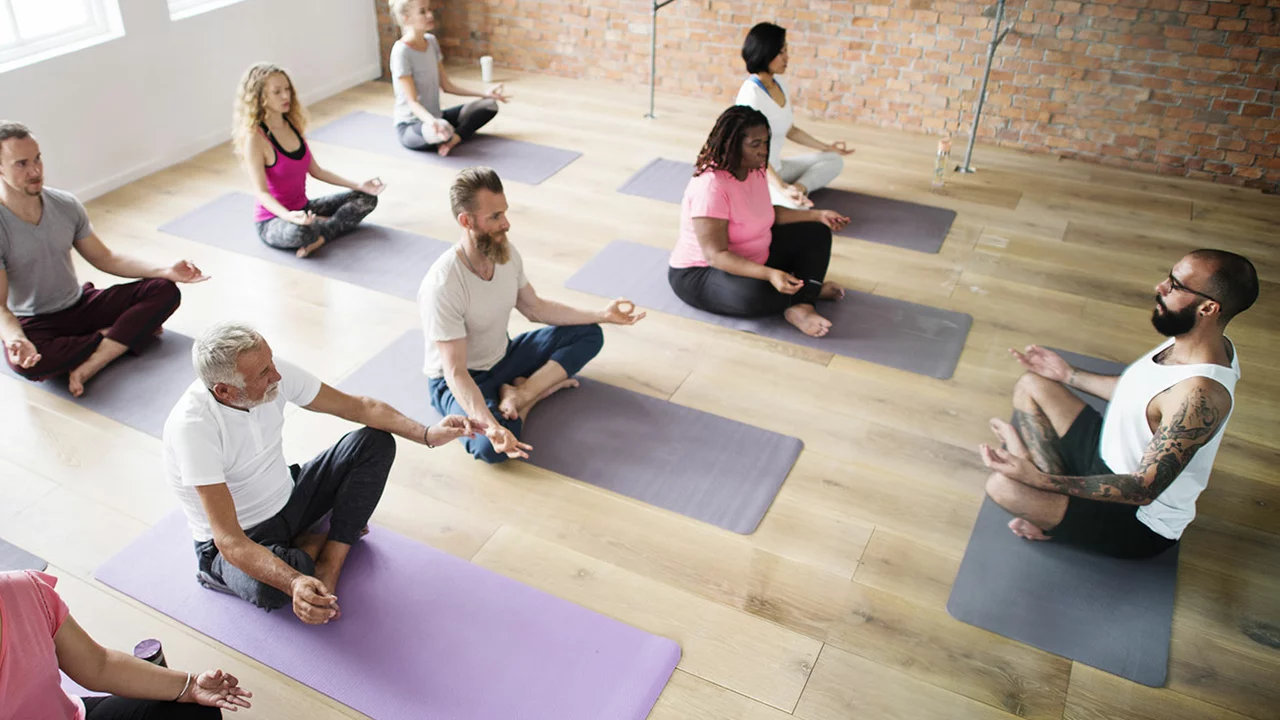Health & Fitness with Yoga: Practical Tips for Beginners and Aspiring Teachers
Yoga can improve strength, mobility, and calm without fancy equipment. If you're new or thinking about teacher training, focus on consistent small steps. This page pulls practical advice from beginner class choices and the 200-hour teacher training so you can make clearer decisions and see results faster.
Start with short sessions. Ten to twenty minutes, five days a week, beats one two-hour class once a week. Short daily practice builds habits, trains alignment, and helps you notice what feels tight or weak. Use slow sequences: sun salutations, standing poses, and a few seated stretches. End with five minutes of breathing or relaxation to lower stress and reset your nervous system.
Choosing between in-person and online classes
Both options work. Want hands-on adjustments, immediate corrections, and in-person community? Choose a studio for a few months. Prefer flexible timing, a lower cost, and repeatable lessons? Try online. A good approach is a mix: take in-person classes to learn proper alignment, then use online classes to maintain routine. For beginners, attend at least a handful of in-person sessions to learn safe alignment before relying mainly on digital classes.
When picking online classes, favor teachers who cue alignment clearly and offer variations. Look for videos that show poses from different angles and include safety tips for neck, lower back, and wrists. For studio classes, tell the teacher about any injuries so they can give suitable modifications.
Is a 200-hour teacher training right for you?
The 200-hour yoga teacher training is designed to deepen practice and give you teaching basics. You don't need to be a perfect practitioner to start, but you should have a steady personal practice and curiosity about yoga beyond postures. The course covers anatomy, teaching methods, basic philosophy, sequencing, and practicum teaching. Expect hands-on learning, reading, and hours of practice teaching.
Ask practical questions when choosing a training: Who are the lead teachers? How much teaching practice is included? Is the syllabus aligned with Yoga Alliance standards if registration matters to you? Also check class size and post-course support—mentoring after graduation makes the jump to teaching easier.
Simple safety tips for practice: warm up before deep stretches, avoid bouncing in hamstring stretches, keep a slight bend in knees for forward folds, and use props if balance feels shaky. Track progress with small goals—hold plank longer by ten seconds, improve one balance pose each week, or reduce stress by doing breathing exercises nightly.
Yoga for health and fitness should be personal, not performance. Start small, get occasional hands-on feedback, and choose training that matches your goals. Whether you want steady wellbeing or a teaching path, consistent, mindful practice is the fastest route to progress.
Try a simple weekly plan: three active flows (30–45 minutes) focusing on strength and balance, two gentle sessions (20 minutes) for mobility and breath work, and one longer restorative evening to relax. Use props like blocks for support in standing poses and a strap for hamstring work. If you practice online, record yourself occasionally to check alignment or ask a teacher for feedback. Rest and sleep matter as much as the mat—aim for consistent sleep, hydrate well, and treat off-days as part of progress. Celebrate small wins and be patient with the process.
What is the 200-hour yoga teacher training?
The 200-hour yoga teacher training is an immersive, foundational course designed for those aspiring to become yoga instructors. It's a comprehensive program that typically spans over a few weeks or months, covering essential yoga philosophies, postures, and teaching techniques. It's not just about mastering the poses, but also learning how to effectively teach and inspire others. Graduates of this program are usually eligible to register with Yoga Alliance as Registered Yoga Teachers. It's a transformative journey, not just a course, that deepens your own practice while preparing you to teach others.
Is it better to do yoga in a class or online for a beginner?
As a beginner to yoga, it can be challenging deciding whether to start in a class or online. In-person classes offer real-time feedback and corrections, which can prevent bad habits from forming. However, online classes provide flexibility, allowing you to practice at your own pace and convenience. Both have their merits, so it truly depends on your personal preferences and learning style. It's best to try both and see what suits you.

